FeatureThe Myths And Realities Behind The Time On All Watches—10:10
All the crazy theories that people have come up with, and the truth that explains why 10:10 is almost always the right time to photograph a watch
May We Recommend
Take a look at all the watches shown above. Aside from the fact that they’re all TAG Heuer Autavia timepieces, what do they all have in common? It’s the time: 10 minutes past 10, two minutes give or take. These are just a few watches that show us 10:10. If you Google the word ‘watch’, most of the image results will reveal dials at 10:10. In case you are among the curious people who have tried to decode ‘10:10’, let’s just put it out there—there is no definite or absolute reason.
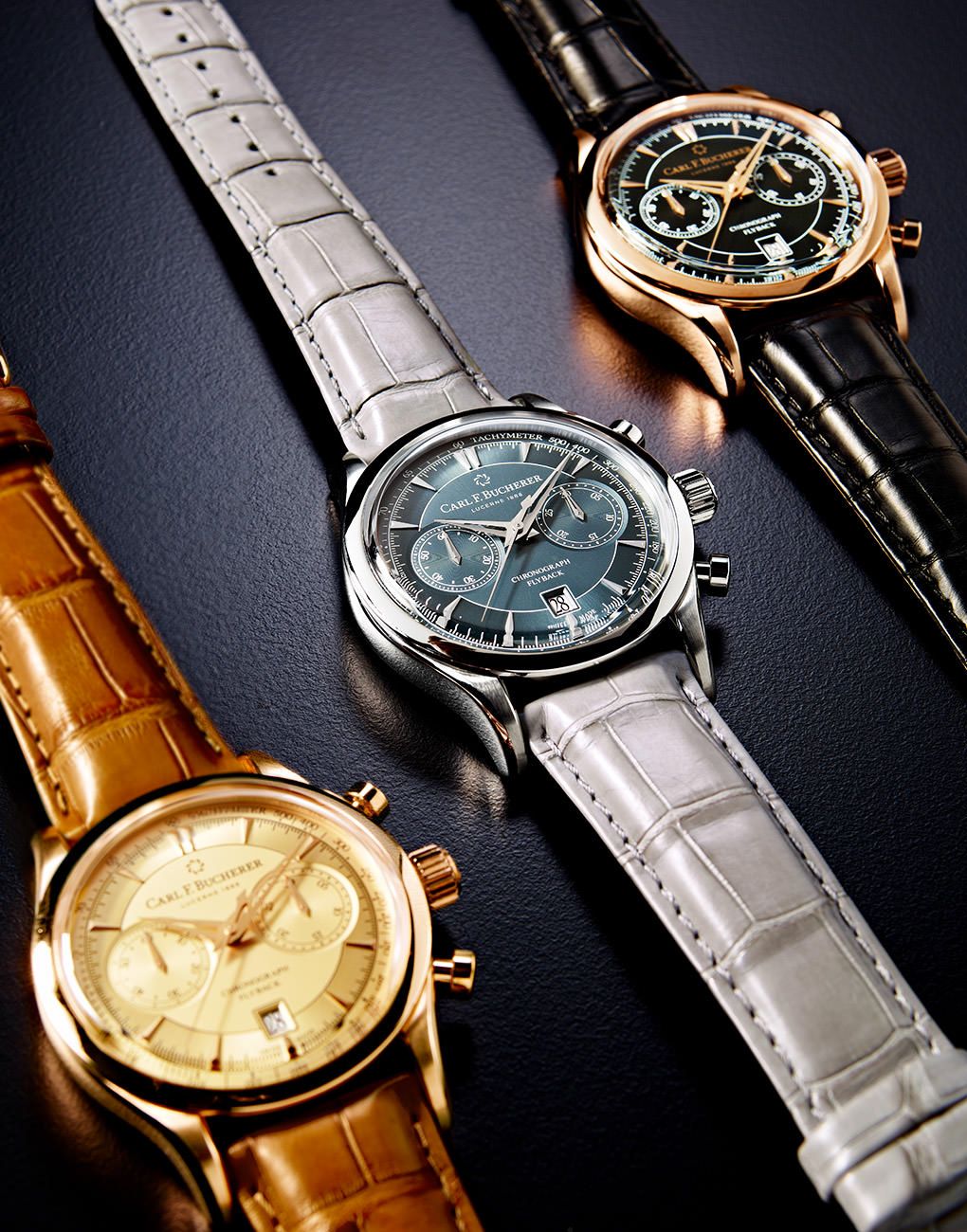
A History Of 10:10—The Time On Clocks And Watches
However, people over time have had some crazy theories to explain why. Some have even gone so far as to connect 10:10 to October 10, calling it the ‘International Day Of Watches’. Obviously this is not officially recognised or observed anywhere, but it’s interesting to know the extent of people’s imagination to try and explain this phenomenon. From deaths and inventions to war and victory, the theories could seem plausible to an extent, but they’re mostly just bizarre.
The 10:10 Theories—Why Clocks Show 10:10 As The Time
1. The clock/watch inventor:
When I first happened to notice the 10:10, someone told me that the inventor of the clock died at 10:10, and hence picturing dials displaying that time was a tribute to him. It was not just his death that was theorised about. It turns out that some even said he was born at that time, and that’s why he set his invention to 10:10 when it was done. Some have even gone on to theorise that 10:10 was the time of his ‘eureka’ moment, and that’s the first correct time that a working clock/watch displayed. The truth is that there is no one individual who can be solely credited with the invention of the modern clock or watch. While 17th century Dutch mathematician and scientist, Christiaan Huygens, who invented the first pendulum clock is often given that distinction, it is actually a series of inventions and developments over centuries that led to the clock and watch being the way it is today. Moreover, there is no clear or confirmed record of the time at which Huygens invented that first pendulum clock.
2. Dead American presidents:
Of course, it should come as no surprise that America made 10:10 about themselves, and some of them claimed that the reason why we see that as the time on most watch and clock photographs is that it was President Abraham Lincoln’s time of death. Some even picked another beloved president of another century, President John F Kennedy. They were both assassinated, and hence left the world ‘before their time’, giving their times of death added significance. It’s not such a far-fetched thought, come to think of it. America has been a superpower for the most part, and they did play an instrumental role in paving the way for capitalism. Hence, it’s not unlikely that their influence is seen in the visual representation of products such as watches. And even if Switzerland is the undisputed capital of watchmaking, America is still probably the largest market for watches. So why not photograph all watches telling the time of death of an iconic American president! However, the truth is that neither of the above mentioned dead presidents died at 10:10. Lincoln was shot at 10:15pm, and died at 7:22am. Kennedy was shot at 12:30pm, and declared dead at 1:00pm.
3. Time of death:
When there’s something as strangely unexplainable like the time at which watches are photographed, obviously people go straight to something as ominous as death. Another popular theory was again about an iconic American personality—Dr Martin Luther King Jr. People have suggested that 10:10 was the time of death of the activist and the face of the American Civil Rights Movement. The truth is that Dr King was shot 6:01pm and declared dead 7:05pm.
4. The ultimate tragedy:
Disaster continues in this list of theories. This goes beyond iconic personalities, and is about the devastating loss of innocent lives, with lifetimes of medical problems that many others faced because of it. It’s the dropping of the atomic bombs on Hiroshima and Nagasaki, America’s way to strong-arm Japan into admitting defeat and hence ending World War II. People theorised that 10:10 is what we see in pictures because that was the time when one of the two bombs was dropped. The truth is that the atomic bombs were dropped at 8:15am and 11:02am, on August 6 and 9, 1945, on Hiroshima and Nagasaki, respectively.
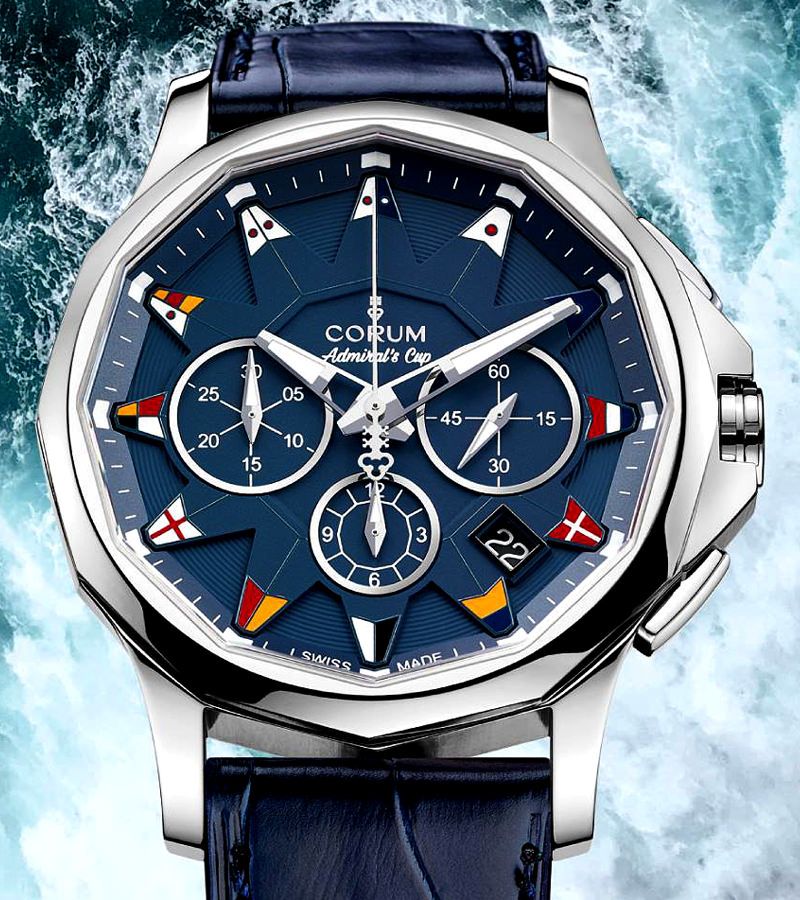
5. A symbol of victory:
World War II contributes to this theory as well. After the Allied powers won, the feeling of positivity and hopefulness gave rise to the letter ‘V’ being used as the symbol of victory. Some suggest that 10:10 on a watch looks like a ‘V’, and that is why the time on watches pictured post-war was meant to exemplify this very spirit of victory and hope. Now there isn’t any solid evidence to discredit this theory, so there might just be some truth to it. One can’t be completely sure.
The Truth Behind 10:10—A Conclusion
Those who actually get watches clicked for advertisements and catalogues, etc don’t exactly attribute 10:10 to any of the above reasons. Most of them just follow the norm, no questions asked. Some follow exact guidelines set by the brands that the watches belong to. Such is the case with Timex watches. Timex is said to have claimed that the industry norm at one point was to photograph all watches at 8:20. However, this made the face of the watch appear as though it was frowning. Hence, this was reversed to have all Timex watches in pictures to tell the time as 10:09:36 to be exact. In fact, this is the guideline they follow even when it comes to depicting their digital watches.
However, the reason behind 10:10 may or may not be to show a happy or positive ‘expression’ for most watch brands. The one reason that most of them would probably agree with is the fact that 10:10 shows practically every element on the face of the watch as clearly as possible. The hands don’t overlap or come close, so as to display their shape and design in the best way. Even design elements in the counterweights of the hands can be seen clearly at 10:10. Moreover, brands often display their logo or collection name just below 12 o’clock, making 10:10 the most apt position to showcase the pride of the timepiece. Other elements, such as date windows, chronograph counters, and other indicators tend to appear at the three, six and nine o’clock positions, so the hands at 10:10 ensure that the view of these features remains unobstructed.
So the truth is simple. It’s all about aesthetics and clarity. The time at 10:10 shows you the dial of the watch in the best possible way it can be seen. This is obviously true for most analogue watch dials. However, when Apple launched their now widely popular Apple Watch in 2015, they too chose to depict their dials at 10:09. They say it’s an homage to the mechanical watches that preceded the Apple Watch and other smart (or digital) timepieces. Although, Apple has never called the Apple Watch a smartwatch, as they like for it to be seen as just a timepiece with additional and advanced technical features—a natural evolution of the wristwatch.
Exceptions To 10:10
In a world where norms are followed, there are bound to be exceptions. Of course historic and pioneering brands choose to follow tradition, since they regard traditions so highly. Their brand guideline is to show their watches at exactly 10:11:31, as will be noticed in any official depiction of their timepieces.
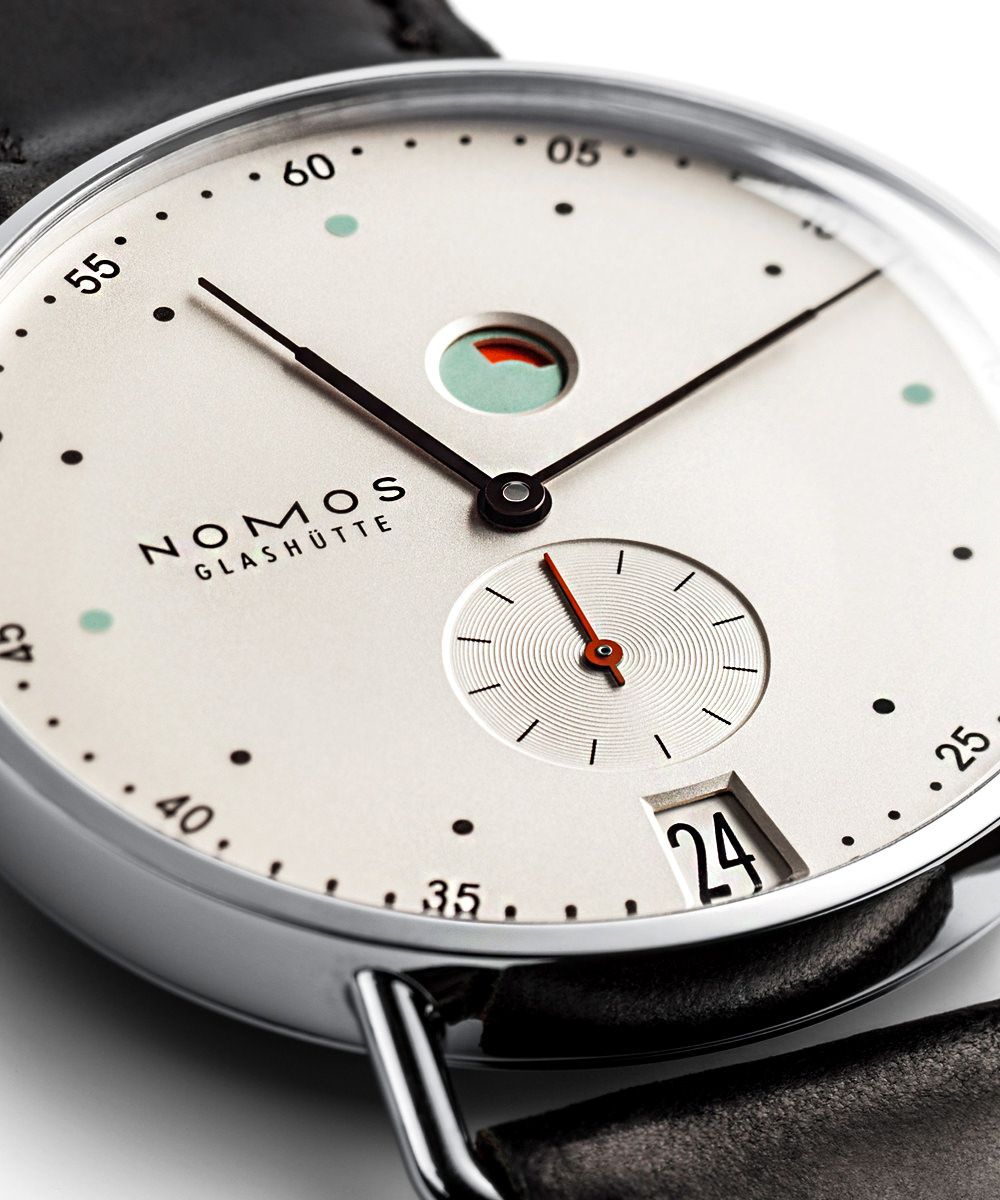
However, some brands choose to do things differently for various reasons. The most common reason is obviously the same as why 10:10 is the norm—aesthetics. Sometimes watch dials feature the brand name at positions other than 12 o’clock, and sometimes there could be indicators or displays that might actually get partially hidden with hands at 10:10. For example, in the Nomos Glashütte Metro Datum Gangreserve, the branding is seen slightly above nine o’clock, while the power reserve indicator is between 12 and 1 o’clock. In this case, the time displayed is 11:12, so as to proudly frame their power reserve display.

Even in Carl F. Bucherer’s Patravi EvoTec Day Date, with a large date display at 11 o’clock pushing the branding closer to 2 o’clock, the time displayed is 10:14, in order to maintain an unobstructed view of all elements. Even in the Graham Swordfish watches seen above, the time is maintained in the visual such that the busy upper half of the dial stays clear of the moving parts.
Parmigiani watches, on the other hand are photographed, for official visuals, with their time set at 07:08—which is founder Michel Parmigiani’s time of birth—and the date in date display pieces is set at his date of birth, (December) 2.
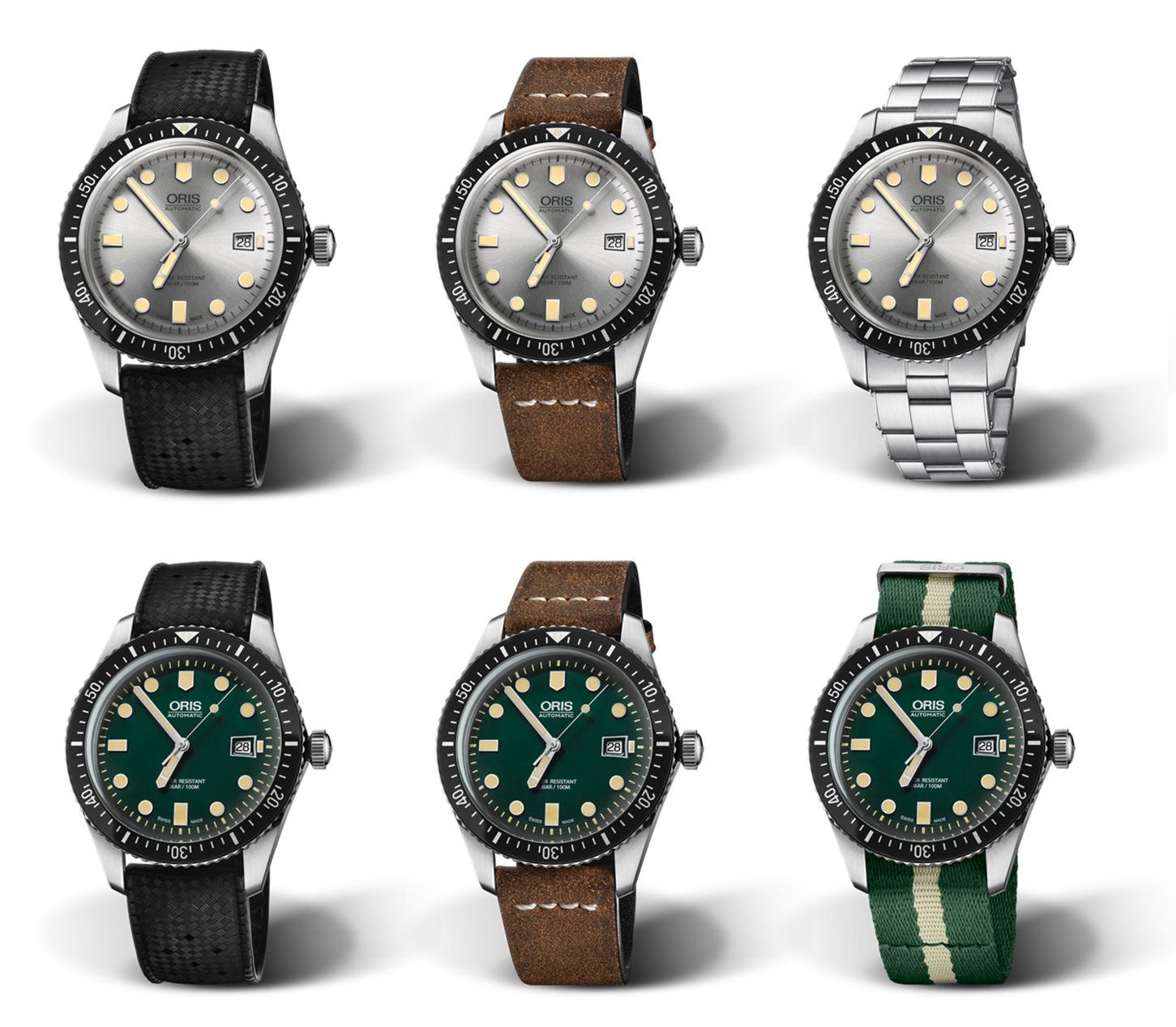
Oris is another brand that does not adhere to the general norm of 10:10. The independent watch manufacturer, in recent times, has begun to depict its dials at an unusual 7:53 or sometimes even 6:53. This is probably just to be different, to set themselves apart. And with their seconds hand just off 1 o’clock, their branding—which is generally at the usual 12 o’clock position—is still adequately framed by two hands.
So there you have it. The myths and theories, the truths and realities, and the norms and exceptions surrounding 10:10.
All the watches featured here, whether or not they display 10:10 as the time, are available at Ethos Watch Boutiques.
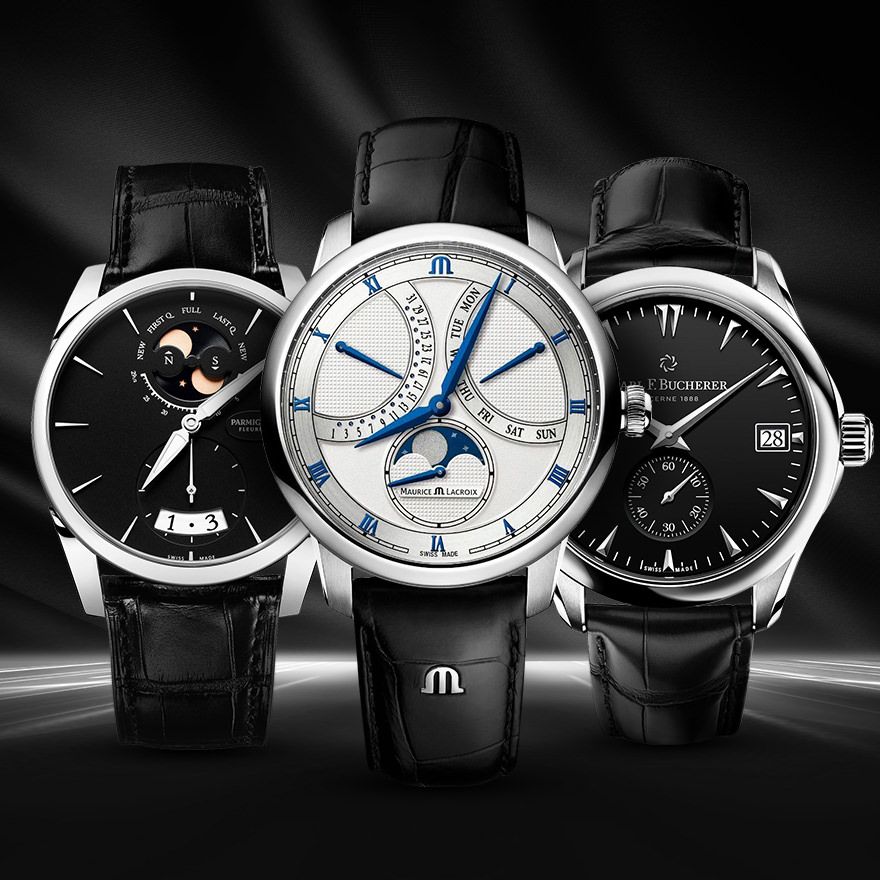



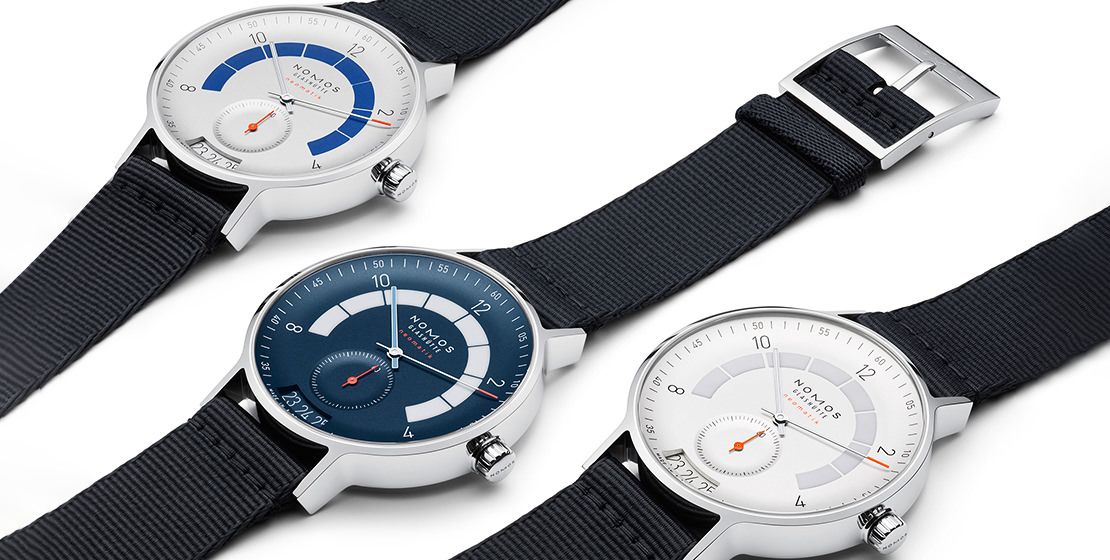
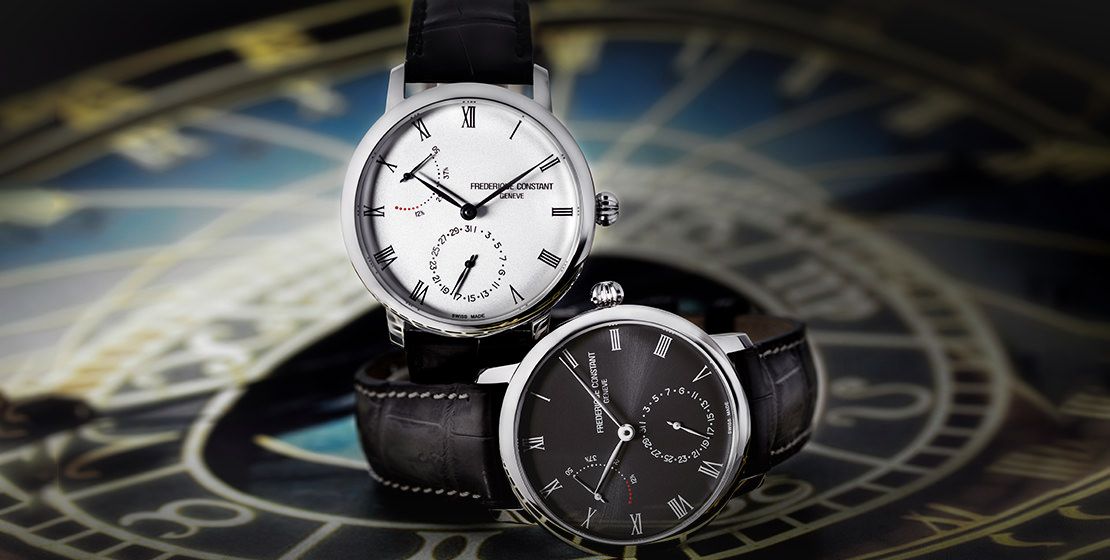
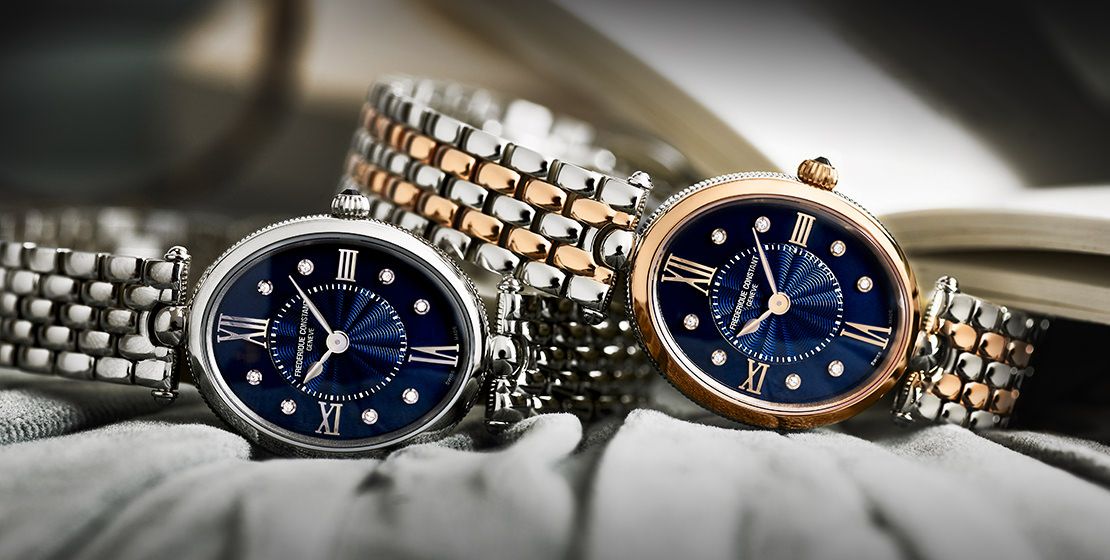

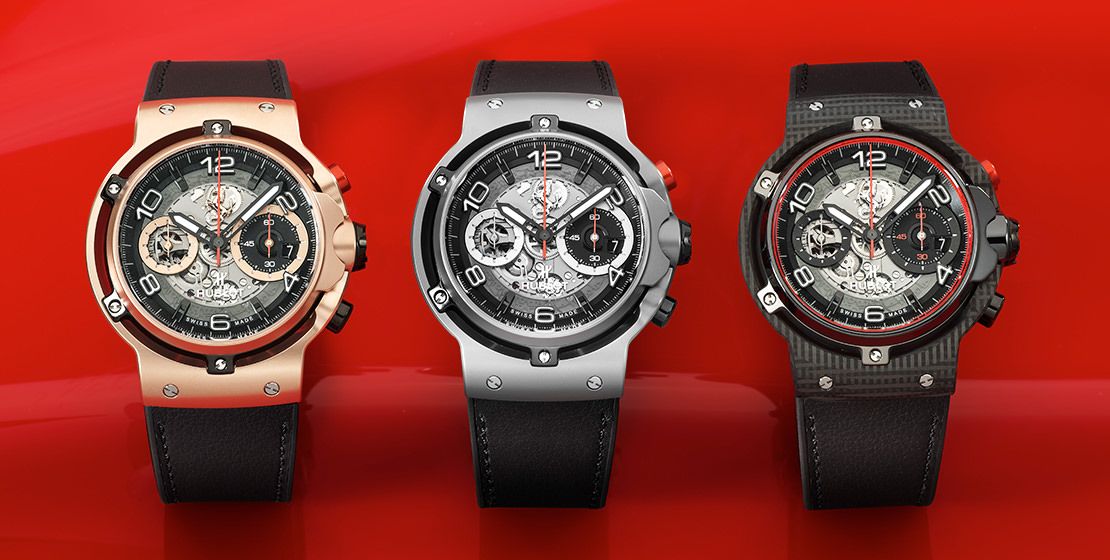
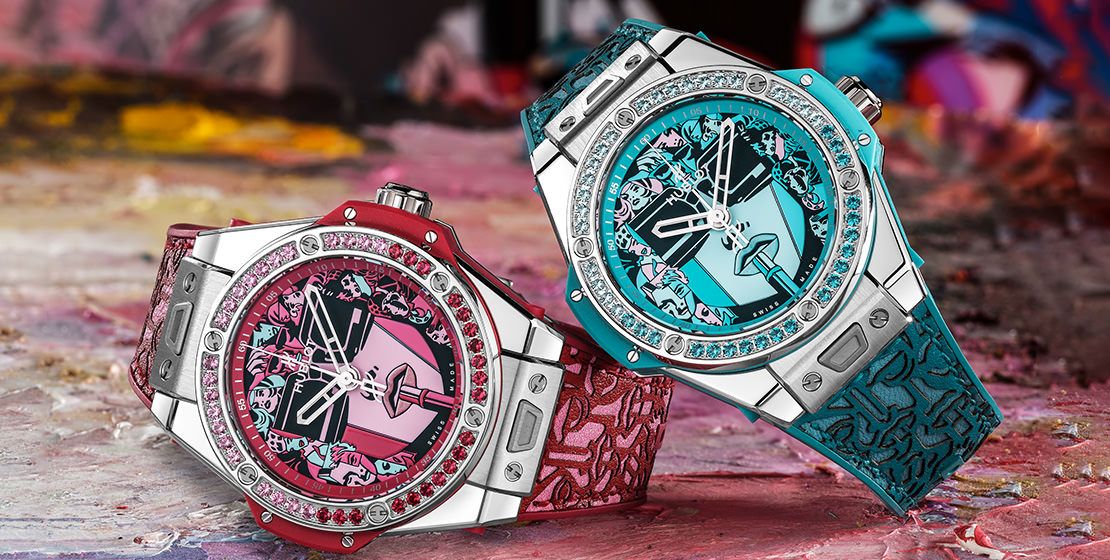
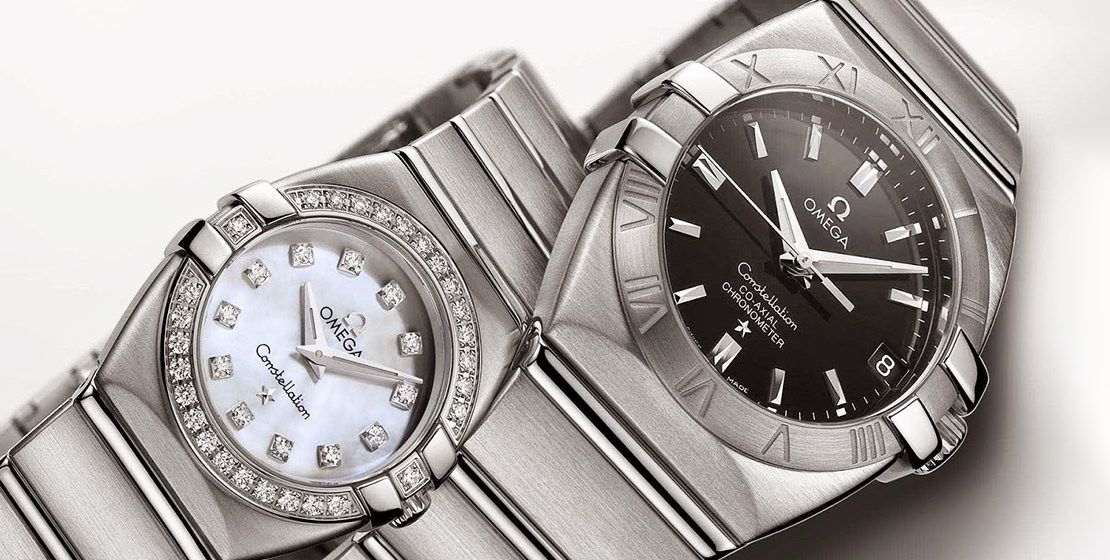
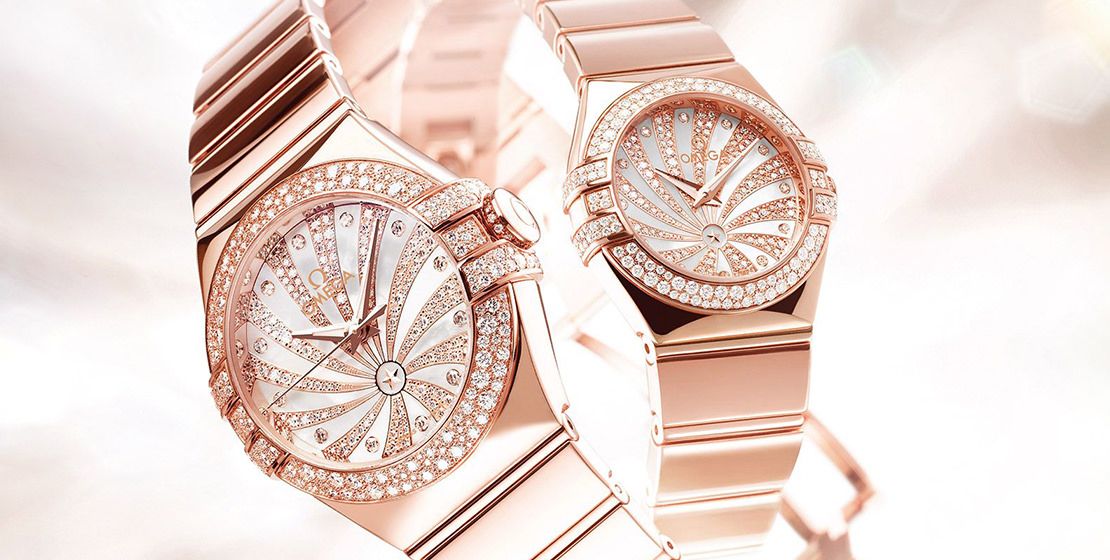
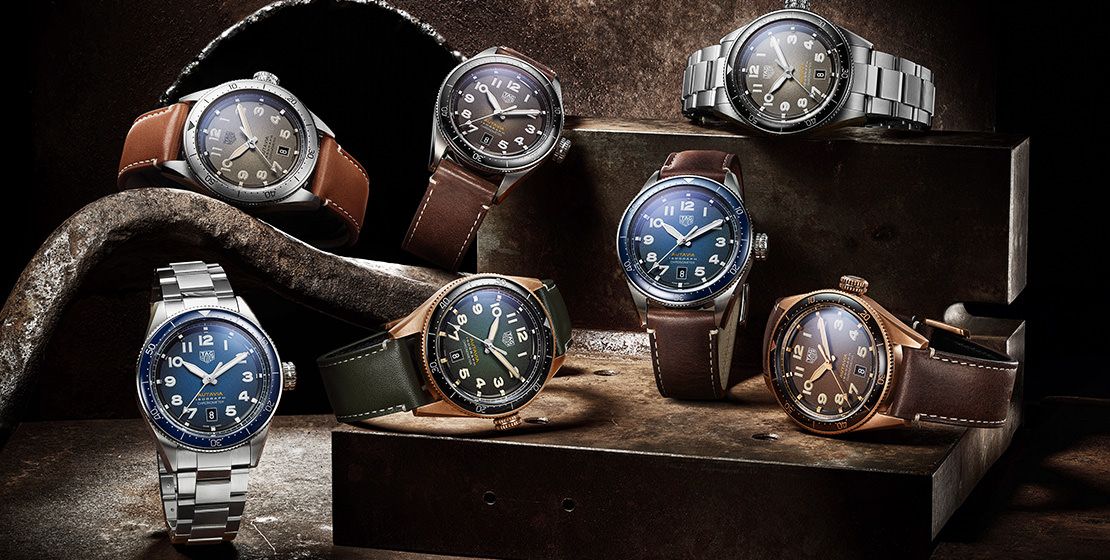
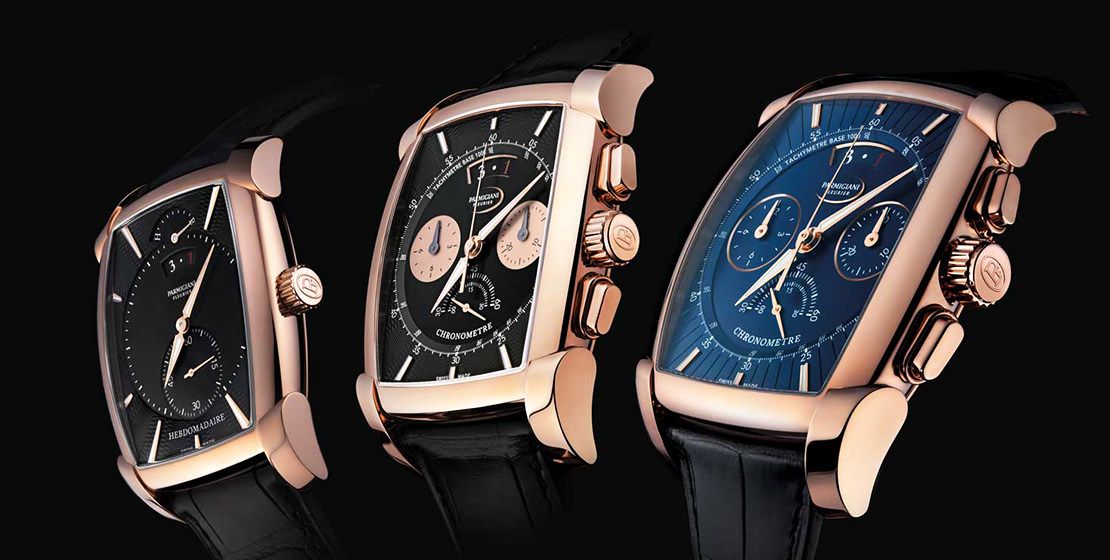
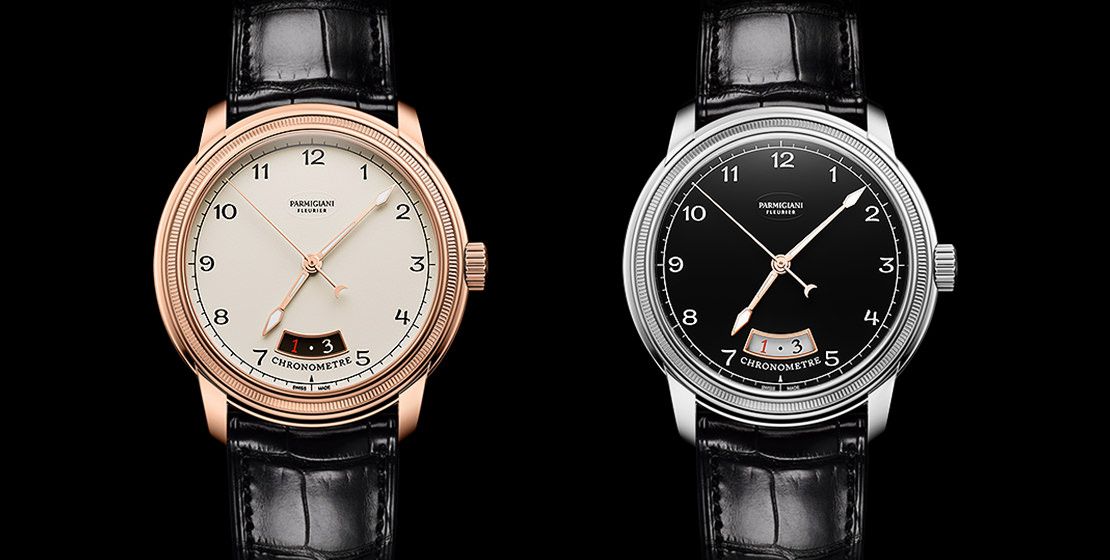
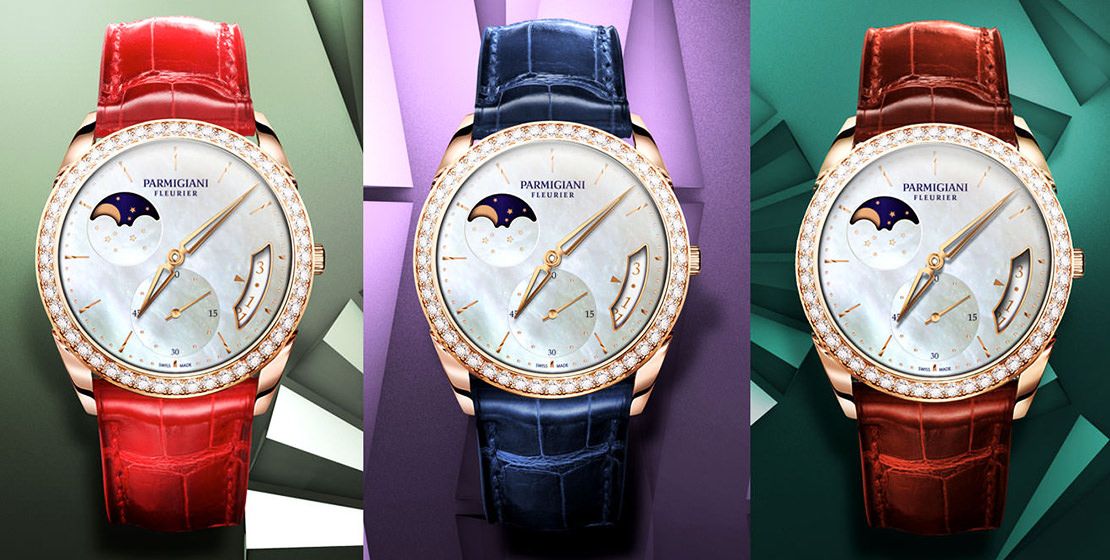


















































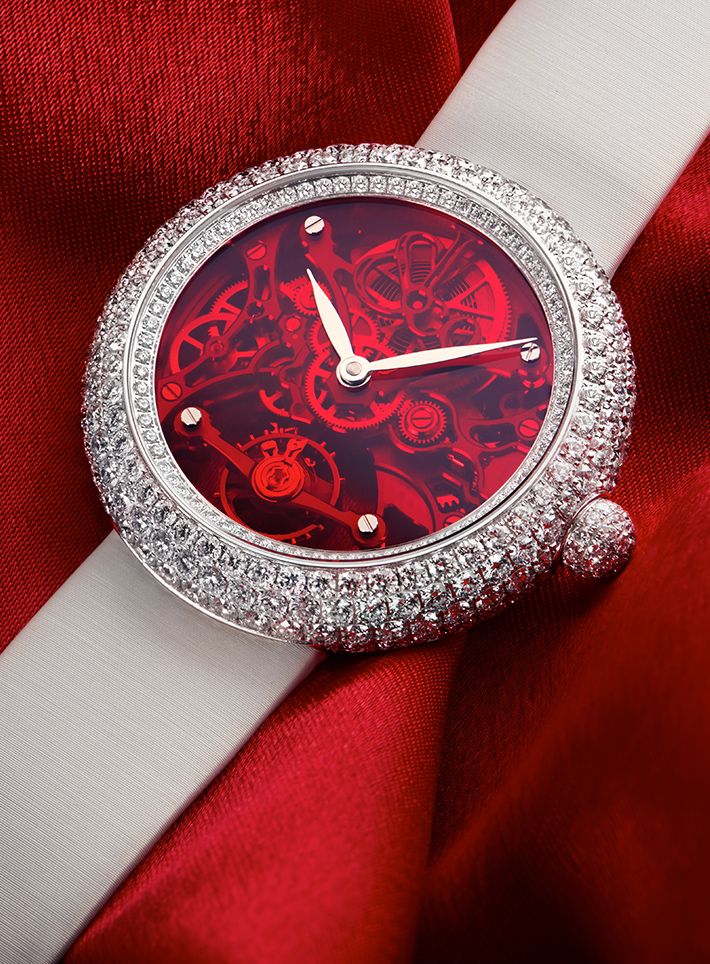
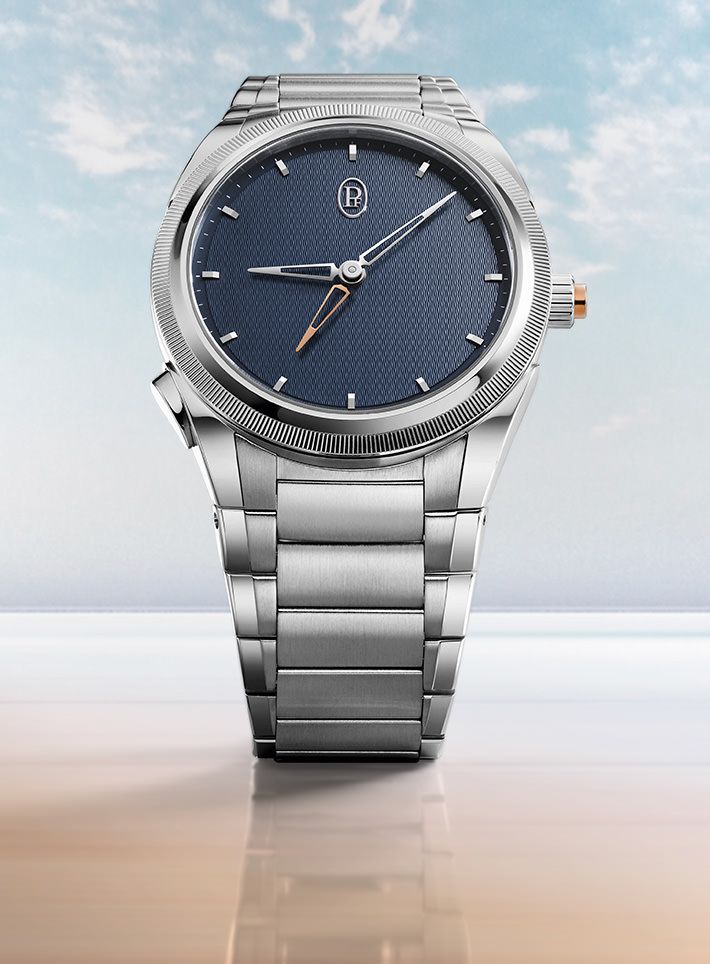
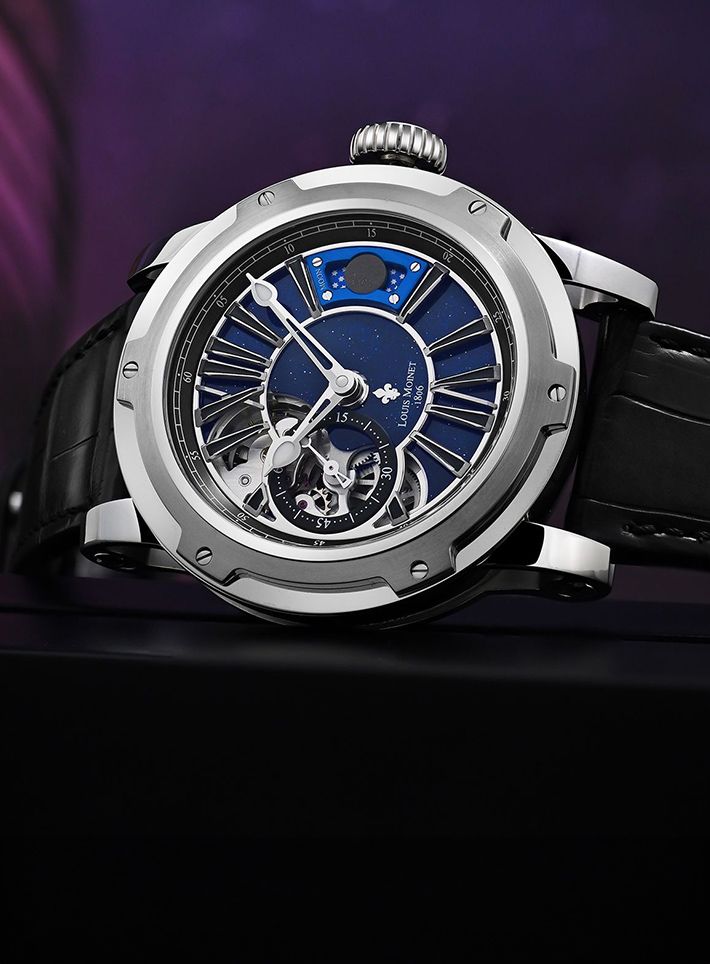
All the information that you shared with us is very useful for us. Thank you for sharing with us.
I’ve read your article thoroughly. Very valuable post!
Hello Rakibul,
Thank you for your kind words. We are happy that you found this story valuable. If you’d like to read more of our comprehensive feature stories on watches, please click here: https://www.ethoswatches.com/the-watch-guide/feature/. Do continue to share your feedback.
Thank you for reading!
The Watch Guide
Any other position of the hands ruins the visibility of the dials, manufacturers’ logo and the day-date window. The 10:10 position makes sure every element of the face is clearly noticeable. There are other reasons too …